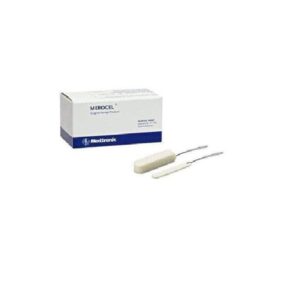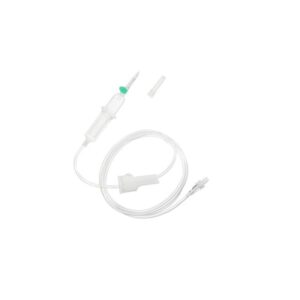Philips CX50 Ultrasound Machine –
MPIN: MP11711
Sign in to view priceAsk for Quote
Overview
Application training for the Philips Affiniti 50
KPI’s on-staff sonographer can provide onsite applications training or remote training via video conference at a set price plus travel costs. A pre-recorded video training course is included in the sale, lease or rental of the Philips Affiniti 50 from KPI ultrasound.
Philips Affiniti 50 Service options
Free technical support is available from KPI during installation and over the course of the standard limited warranty. Technical support is available after the warranty period at an hourly cost per issue.
Philips Affiniti 50 Maintenance
KPI recommends the use of a surge protector along with a dedicated power outlet. Probes should be disinfected after every use with a disinfectant wipe proven not to damage the lens (KPI recommends SonoWipes for this.) KPI recommends one PM visit (preventative maintenance) every year.
Philips Affiniti 50 Dimensions & Weight
Height: (adjustable, maximum) 1626 mm (64 in), (minimum) 1422 mm (56 in)
Width: 572 mm (22.5 in)
Depth: 983 mm (38.7 in)
Weight: (no peripherals) 83.6 kg (184.4 lbs.), approx. 325 lbs. with packaging
Affiniti 50 Specifications
Powerful distributed multi-core processing architecture
Up to 4,718,592 total digital channels
Image presentation: Depth from 1 cm to 30 cm (transducer-dependent)
Up to 280 dB digital broadband acoustic beamforming
Philips Affiniti 50 Electrical power
Voltage: 100V-240V
Frequency 50/60 Hz
Power consumption: <289 VA depending on system configuration
Revisions
Philips Affiniti 50 Revisions
Philips first launched the Affiniti 70 in 2014 as their new high-end shared service ultrasound machine, replacing the older HD15. As of 2016, the Affiniti 70 has not yet had a major revision, and only minor software updates have been released. The Affiniti series has had one of the most trouble-free launches in Philips history, being built from what was learned in the first year of fixes for the premium Epiq line.
All revisions of the Philips Affiniti 50
Philips Affiniti 50 (Rev 1.0)
Common configurations of the Affiniti 50
-
Philips Affiniti 50 with 3 transducers
This is a General imaging (GI) and Women’s health configuration
C6-2 Convex
C9-4v Endovaginal
L12-4 Linear
-
Philips Affiniti 70 with 3 transducers
This is a Shared Service Cardiac – GI configuration
S4-2 Cardiac Sector
L12-4 Linear
Probes
All Philips Affiniti 50 Probes / Transducers
Endocavitary: C9-4v [ 4 – 9 MHz ] 128 elements, 10mmR, 181° field of view
Endocavitary: C10-4ec [ 4 – 10 MHz ] 128 elements, 8mmR, 147° field of view
Bi-plane Endocavitary: BP10-5ec [ 5 – 10 MHz ] 96 elements, 8.8mmR, 150° field of view
PureWave Endocavitary: C10-3v [ 3 – 10 MHz ] 128 elements, 11.5mmR, 163° field of view
Convex: C6-2 [ 2 – 6 MHz ] 128 elements, 10mmR, 63.7° field of view
Convex: C8-5 [ 5 – 8 MHz ] 128 elements, 14mmR, 122° field of view
4D Convex: V6-2 [ 2 – 6 MHz ] 192 elements, 55mmR, 100° x 85° volume field of view
4D Endocavitary: 3D9-3v [ 3 – 9 MHz ] 128 elements, 26.1mm, 156° x 85° volume field of view
4D Linear: VL13-5 [ 5 – 13 MHz ] 192 elements, 38.4mm, 38 mm x 30° volume field of view
Linear: L18-5 [ 5 – 18 MHz ] 288 elements, 38.9mm, ultra-fine pitch
Intraoperative Linear: L15-7io [ 7 – 15 MHz ] 128 elements, 23mm,
Linear: L12-5 50 [ 5 – 12 MHz ] 256 elements, 50mm, fine pitch
Linear:L12-3 [ 3 – 12 MHz ] 160 elements, 38mm, fine angle steering
Linear: L12-4 [ 4 – 12 MHz ] 128 elements, 34mm, fine angle steering
Cardiac Sector: S4-2 [ 2 – 4 MHz ] 80 elements, 5mm
PureWave Cardiac Sector: S5-1 [ 1 – 5 MHz ] 80 elements, 20.3mm
Pediatric Cardiac Sector: S8-3 [ 3 – 8 MHz ] 96 elements, 15.4mm
Neonatal Cardiac Sector: S12-4 [ 4 – 12 MHz ] 96 elements, 9.78mm
Pediatric TEE transesophegeal: S7-3t [ 3 – 7 MHz ] 48 elements, 5mm
xMATRIX TEE transesophegeal: X7-2t [ 2 – 7 MHz ] 2,500 elements
Pedoff (CW Transducer): D5cwc [ 5 MHz ] Deep venous and arterial applications, non-imaging
Pedoff (CW Transducer): D2cwc [ 2 MHz ] Adult cardiology applications, non-imaging
Pedoff (PW Transducer): D2tcd [ 2 MHz ] Transcranial Doppler applications, non-imaging
Affiniti 50 Transducers: 4D & Matrix
The Philips Affiniti 50 supports four advanced single crystal PureWave transducers; the [ 1 – 5 MHz ] C5-1 convex, the [ 2 – 9 MHz ] C9-2 convex meant for pediatric work, the [ 3 – 10 MHz ] C10-3v endovaginal, and the [ 1 – 5 MHz ] S5-1 cardiac sector probe. The Affiniti 70 also supports two transesophegeal or TEE probes, the [ 3 – 7 MHz ] S7-3t pediatric and the [ 2 – 7 MHz ] X7-2t adult. The X7-2t is an xMatrix transducer but on the Affiniti 70 it only functions in 2D mode. The Epiq line and the CX50 however can use the full xPlane and 4D functions of the X7-2t. The Philips Affiniti 70 also has the [ 5 – 10 MHz ] biplane endocavitary probe that allows scanning in 2 planes without moving the transducer. Another specialty transducer is the [ 7 – 15 MHz ] L15-7io intraoperative linear, also known as a “hockey stick” probe for it’s distinctive shape that allows it to fit into tight surgical applications or small parts scanning.
Popular Philips Affiniti 50 Probes
The popular probes for the Affiniti 50 are several thousand dollars less expensive than the popular single crystal probes of the Affiniti 70. The [ 2 – 6 MHz ] C6-2 is the most popular convex probe for the Affiniti 50 while the [ 4 – 9 MHz ] C9-4v is the most popular endovaginal. The [ 4 – 12 MHz ] L12-4 is the most popular linear on the Affiniti 50 because it is affordable, and strong in both vascular and MSK imaging. For cardiac scanning the [ 2 – 4 MHz ] S4-2 sector probe is the most commonly selected.
Competitors
How the Affiniti 50 compares with other Philips systems
The Philips Affiniti 50 was launched in 2014 as the successor to the immensely popular HD11xe. The Affiniti 50 improves upon the HD11xe with a 21.5” monitor compared to 17”, a touchscreen for navigation, improved processor speed and more transducers. The Affiniti 50 was designed from the Epiq series and looks very similar to them, being only smaller in the size of the lower body of the ultrasound machine. The monitor, touchscreen and keyboard are identical to the Epiq line of systems. The Affiniti 70 is positioned just above the Affiniti 50 in price and includes Shearwave elastography, single crystal probes, and an articulated monitor arm. The ClearVue 850 is positioned just below the Affiniti 50 in price and features but uses a completely different probe set and was built from a completely different, more economical platform.
Philips Affiniti 70 vs Affiniti 50
The Affiniti 50 and 70 were launched at the same time and look virtually identical on the outside, with only a minor color difference in the main body. The Affiniti 70 is positioned just above the Affiniti 50 in price and sacrifices the PureWave transducers and ShearWave elastography, another difference is the L12-3 high quality linear transducer that is not available on Affiniti 50.If you are willing to pay for the more expensive single crystal probes or the shearwave elastography then the Affiniti 70 is an excellent deal, but if not then the Philips Affiniti 50 is the most feature-rich midrange ultrasound machine available.
Other brands competing with the Affiniti 50
The closest competitor to the Philips Affiniti 50 from GE would be the Logiq P6 premium, as both are shared service ultrasound machines capable of all applications. However the Voluson P8, and Vivid S5 would be similar competitors in women’s health, and cardiac respectively. The Affiniti 50 feels superior to the Logiq P6 in speed, resolution, monitor size and it has a touchscreen.The Affiniti 50 menus seem cleaner and more modern as well. The H60 would be the closest competitor from Samsung, though it’s strength is much more lopsided in 4D and women’s health with only minor support for cardiac and general imaging compared to the more robust Affiniti 50. Most importantly the Affinti 50 has noticeably better image quality than competing systems from other brands. The Siemens X300 PE offers a few probe choices such as ICE that are not available on the Affiniti 50, and offers the same breadth of applications support as the Affiniti 50, but does not have the touchscreen, large monitor or quite the same feature depth as the Affiniti 50.
Features
Tissue Harmonic Imaging : Yes
Spatial Compounding(=CrossXbeam) : Yes
Speckle Reduction (=SRI) : Yes
Auto Image Opt(B mode) : Yes
Auto Image Opt(Doppler): Yes
Write Zoom: Yes
Triplex Mode: Yes
Needle Enhancement or Needle Recognition :Yes
Auto NT Measurement (=Sono NT)
:No
Auto Follicle 2D Measurement:No
Auto Follicle 3D Measurement:No
Auto IMT:Yes
Auto IMT (Real Time):No
Automated B/M/D Measurement:Yes
Automated LH Measurement(Automated Function Imaging(AFI), Cardiac Motion Quantification(CMQ), or Auto EF(Ejection Fraction):Yes
Live Dual (B/BC) Mode:Yes
SmartExam or Scan Assistant:Yes
Independent Steer & Lockable Wheels:Yes
Fusion:No
Raw Data File:Yes
Flexible Report:Yes
Barcode Reader:No
Gel Warmer:No
Transducers
Convex (1~6Mhz):No
Convex (2~9Mhz):No
Single Crystal Convex (1~6Mhz):Yes(1~5Mhz)
Single Crystal Convex (2~9Mhz):No
2D Arrary 3D Convex (1~6Mhz):No
Micro Convex (5~8Mhz):Yes
Single Crystal Endocavity_Straight Type (3~10Mhz):Yes(3~9Mhz)
Endocavity_Curved Type (5~8Mhz):No
3D Convex (2~6Mhz):No
3D Convex Light Weight (2~7Mhz):No
3D Endocavity (3~10Mhz):Yes
3D Micro Convex (3~9Mhz):No
3D Linear (4~18Mhz):No
Linear (>14Mhz):No
Linear (3~12Mhz):Yes
Linear (<9Mhz):Yes
Single Crystal Linear (>14Mhz):No
Single Crystal Linear (3~12Mhz):No
Single Crystal Linear (<9Mhz):No
Linear 50mm:Yes
Linear 25mm:No
Hockey stick (<13Mhz):No
Hockey stick (>13Mhz):No
T or L shape Intra Operative:No
Phased Array_Adult (1~5Mhz):No
Single Crystal Phased Array_Adult (1~5Mhz):Yes
2D Arrary 3D Phased Array (1~5Mhz):No
Phased Array_Pediatric (3~8hz):Yes
Single Crystal Phased Array_Pediatric (3~8hz):No
Phased Array_Neonate (4~12Mhz):Yes
ICE (Intracardiac Echo Cardiography):Yes
TEE_Adult (3-7Mhz):No
TEE_Pediatric (3~7Mhz):No
2D Array 3D TEE (2~7Mhz):Yes
Pencil CW (2Mhz):Yes
Pencil CW (5 or 6Mhz):Yes
Imaging Modes
2D, M mode:Yes
M-color Flow Mode:Yes
Anatomical M-mode:Yes
Trapezoidal Mode:Yes
Color, Power Angio, Pulse Wave Doppler:Yes
Bi-directional Power (=HD FLOW):Yes
SCW Doppler:Yes
Tissue Doppler(Velocity) Imaging:Yes
Freehand 3D:Yes
Live 3/4D OB/GYN:No
HD Live:No
STIC (Spatio-Temporal Image Correlation):No
Live 3D Echo:No
Stress Echo:No
Strain and Strain Rate (Cardiac):Yes
B Flow:No
Panoramic Imaging (=Logiq view):No
Contrast Imaging – Cardiac:Yes
Contrast Imaging – General Imaging:Yes
Strain-based Elastography:No
Shear Wave Elastography:No
Applications
Abdominal:Yes
Women’s Health Care (GYN & Breast):Yes
OB:Yes
Fetal Echo:Yes
Vascular:Yes
TCD(Transcranial):Yes
Small Parts (Breast, Thyroid, Testis…):Yes
MSK/Anesthesiology:Yes
Pediatrics:Yes
Urology (Renal, Prostate…):Yes
Echocardiography_Adult:Yes
Interventional Cardiology:Yes
Echocardiography_Pediatric:No
Echocardiography_Neonate:Yes
Stress Echocardiography:Yes
Transesophageal Echo_Adult:Yes
Transesophageal Echo_Pediatric:No
Internal Medicine w/ Shared Service:Yes
Surgury:Yes
Interventional Radiology:Yes
Contrast Imaging _ General Imaging (Low MI):No
Contrast Imaging _ Cardiac (High or Low MI): Yes
Bowel Imaging:No
Strain Elastography:No
Shear Wave Elastography:No
Specification
System Overview
Year Launched: 2014
Estimated Market Price ($): High
Monitor (inch): 15.4″
Tilt/Rotate Adjustable Monitor: Yes
Monitor Resolution:
Image Size Resolution:
Touch Screen (Inch): No
Trackball or Trackpad: Trackball
CP Back-Lighting:Yes
Weight:13.6lbs(6.17kg)
Probe Ports: 1
Battery:Yes
Boot-Up Time:
Sleep Mode (Quick Start):No
Maximum Depth of Field:30cm
Minimum Depth of Field:1
Cart (HCU):Yes(Option)
Independent Steer & Lockable Wheels:Yes
Connectivity
DICOM 3.0:Yes(Option)
DICOM SR_Cardiac:Yes
DICOM SR_Vascular :Yes
DICOM SR_OB/GYN:Yes
JPEG, WMV, & AVI:Yes
USB:Yes
HDD/SDD:80GB
DVD/CD RW:Yes
Wireless LAN:Yes
Shipping Policy
Orders made at Medpick are initiated and processed for shipment upon receipt of request from the customer. Please note that our Shipping Services (Fee, Transportation, Loss or Damage of any shipment, etc.) are in accordance with the Seller\'s terms of Shipment.
Refund Policy
Please refer to Medpick Return Policy.
Cancellation / Return / Exchange Policy
Please refer to Medpick Return Policy.
 REGISTER
REGISTER
 SIGN IN
SIGN IN
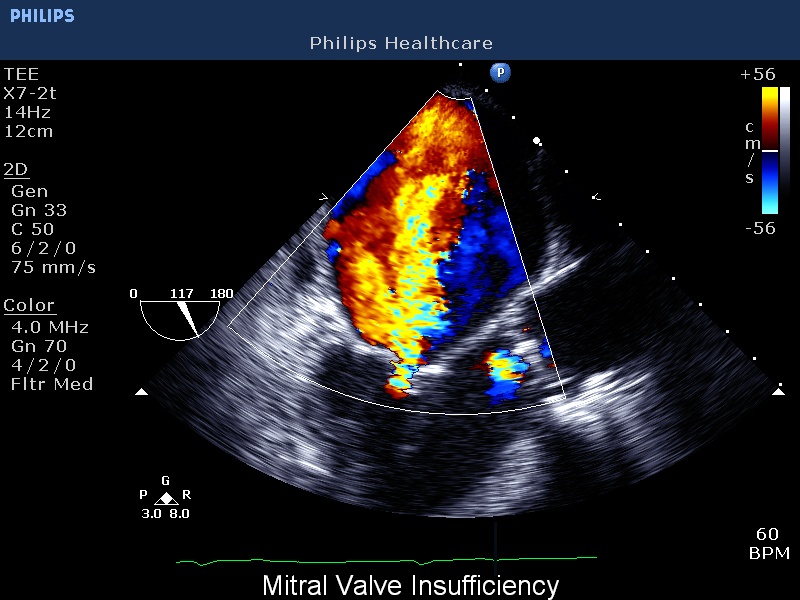
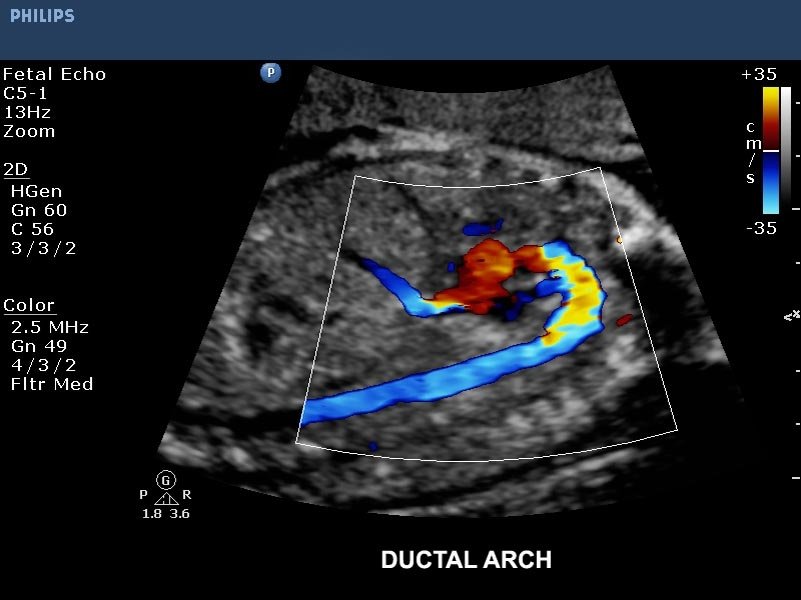
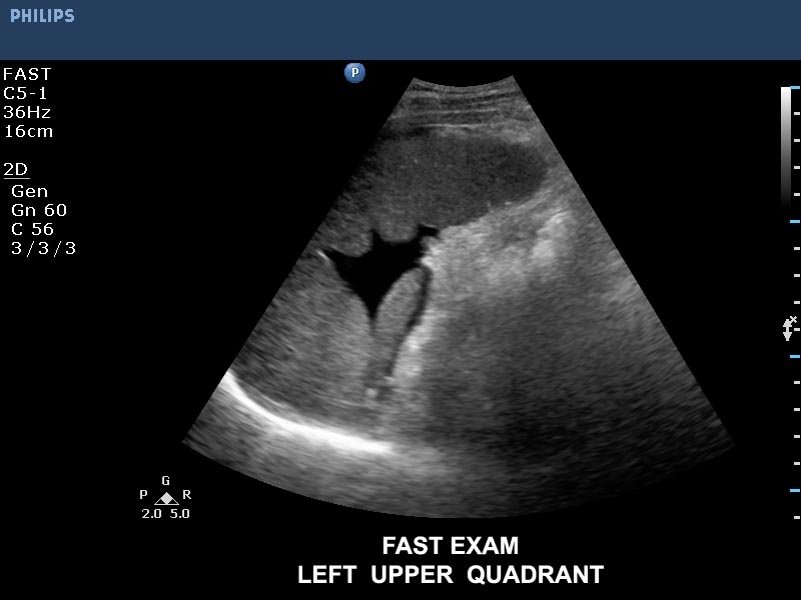
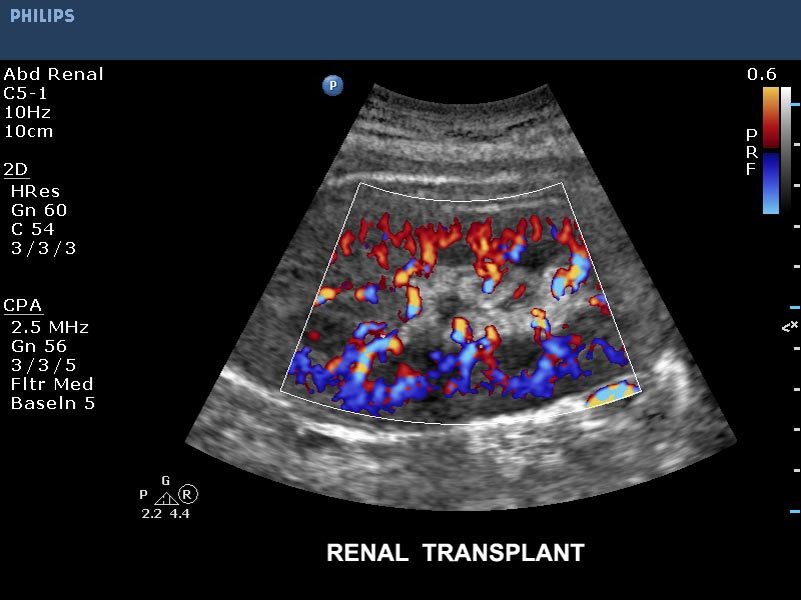
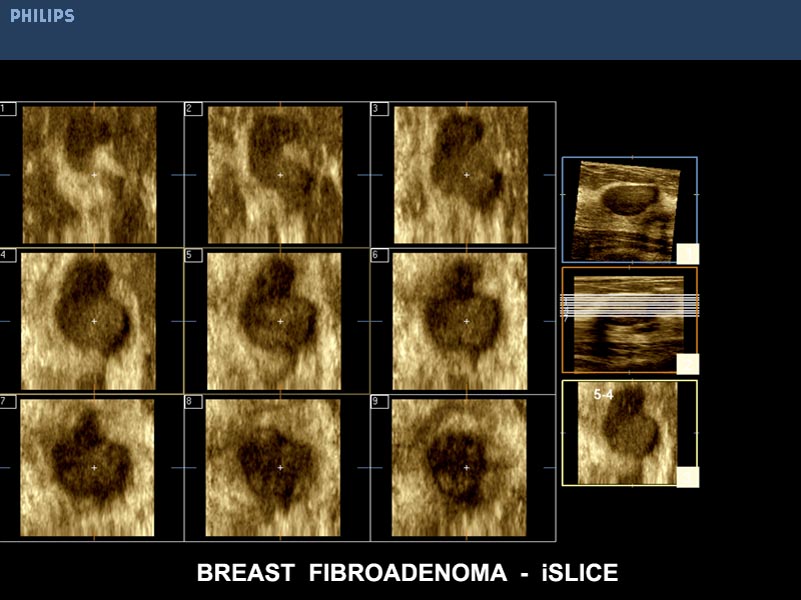


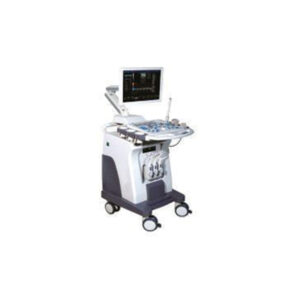
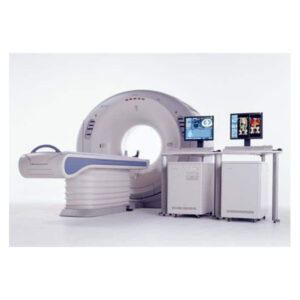

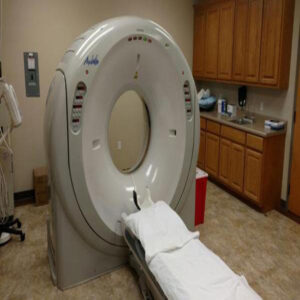
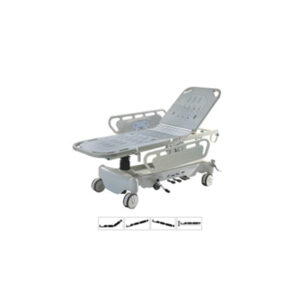

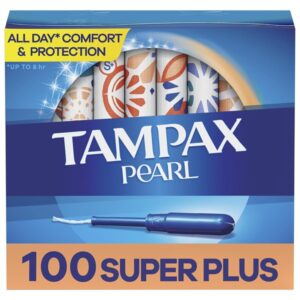
 Free Shipping
Free Shipping
